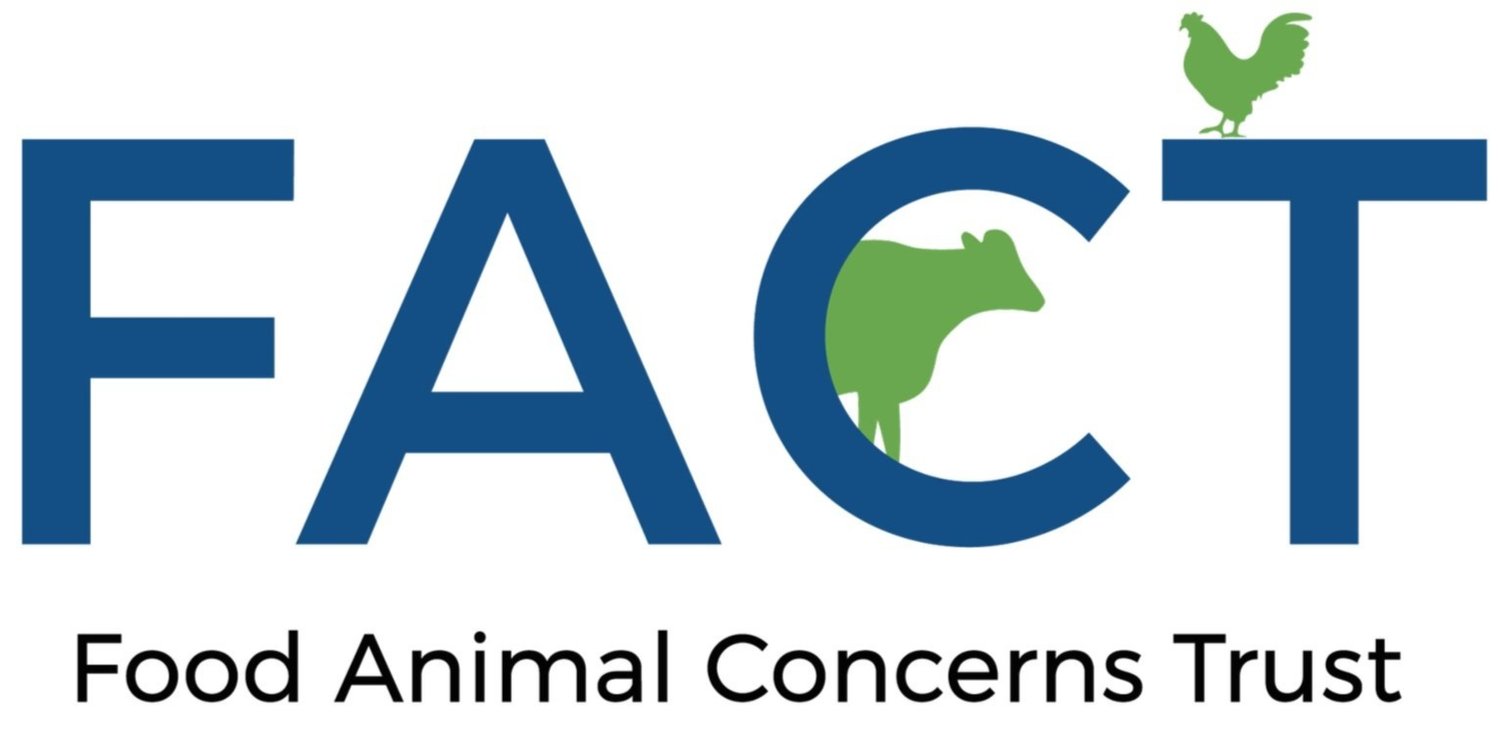Bird Flu Found in One in Five Samples of Milk
The virus is killed by pasteurization but the people at greatest risk are farm and slaughter plant workers
By Steve Roach, FACT’s Safe and Healthy Food Program Director
Earlier this month, the U.S. Food and Drug Administration (FDA) reported that the agency has detected bird flu in one in five samples of retail milk. The virus is inactivated by pasteurization, so most milk should be safe. Bird flu has been detected on 36 dairy farms in nine states, but with the high level of contamination of milk it is likely much more common. Researchers looking at the outbreak think that it has likely been circulating undetected between dairy farms since the beginning of the year. Nobody knows how bird flu is being spread among dairy cattle for certain, but it looks like it is probably spread through contaminated milking equipment. Bird flu can spread among birds through contact with manure so that would be another potential route for its spread. Cows on large industrial dairies are in constant contact with manure.
The rapid spread of a potentially deadly disease between large industrial dairy farms is a failure of the U.S. system to protect animal and public health. With each new infected animal, there is a greater chance that the flu will change and develop the ability to spread more rapidly. Dairy animals are particularly dangerous because they are in regular contact with people during milking. This makes human infections more likely and also increases the chance a cow will get a human flu. If a person or a cow happens to get infected with a bird and a human flu at the same time, the flu viruses can mix and become something even more dangerous.
Despite the devastating impact of the COVID-19 pandemic, which like most global pandemics occurred when a disease spilled over from animals to people, the U.S. has completely failed to put into place a system to detect the spread of pathogens on livestock feeding operations. For the last four years, FACT and our allies in the Keep Antibiotics Working coalition have been calling on federal agencies to create a system to detect pandemic potential pathogens including flu viruses before they spread. FACT also supports legislation that would give the FDA more authority to collect samples on farm facilities where animals are raised as part of a disease outbreak investigation. Unfortunately, most efforts aimed at stemming the next pandemic have ignored the role of animals in pandemic spread.
Congress gave the U.S. Department of Agriculture (USDA) a one-time fund of $300 million to look for the COVID virus in animals but prohibited them from creating a broader surveillance system with the money. In short, it told the agency to worry about the last, not the next pandemic. In contrast, the Zoonotic Disease Management budget, the section of USDA that deals with diseases that can jump from animals to people, is just $22 million a year.
Without a system in place to monitor for pathogens, diseases like bird flu can spread widely in animals before they are detected. The efforts of public health officials to track and stop the disease will be thwarted because our current system relies on large livestock-raising facilities to voluntarily allow access. Right now, individual farms and state departments of agriculture are hindering the Centers for Disease Control and Prevention (CDC) efforts to better understand how bird flu is spreading. The USDA recently required testing for bird flu in dairy cattle that are currently producing milk before they can be shipped across state lines if the destination is not a slaughter plant. While this is better than nothing, very few cows are shipped while they are producing milk and it is not a substitute for testing on giant animal feeding operations.
Right now, the people most in danger from bird flu are dairy workers and slaughter plant workers. The CDC earlier this week requested that public health officials make personal protective equipment available to workers on dairy farms, poultry farms, and in slaughterhouses. Farm workers are some of the most marginalized people with very limited workplace protections, poor access to healthcare, low pay, and often are undocumented and may not speak English. So far, only one dairy worker is known to have become infected with bird flu and they quickly recovered. Hopefully, it will stay that way. The lack of worker health protections and worker rights is another failure in our public health system.
FACT will continue to push for prioritizing public health over the profits of giant meat companies as we ask for a mandatory surveillance system for large confined feeding operations and for increased rights for farm workers.

